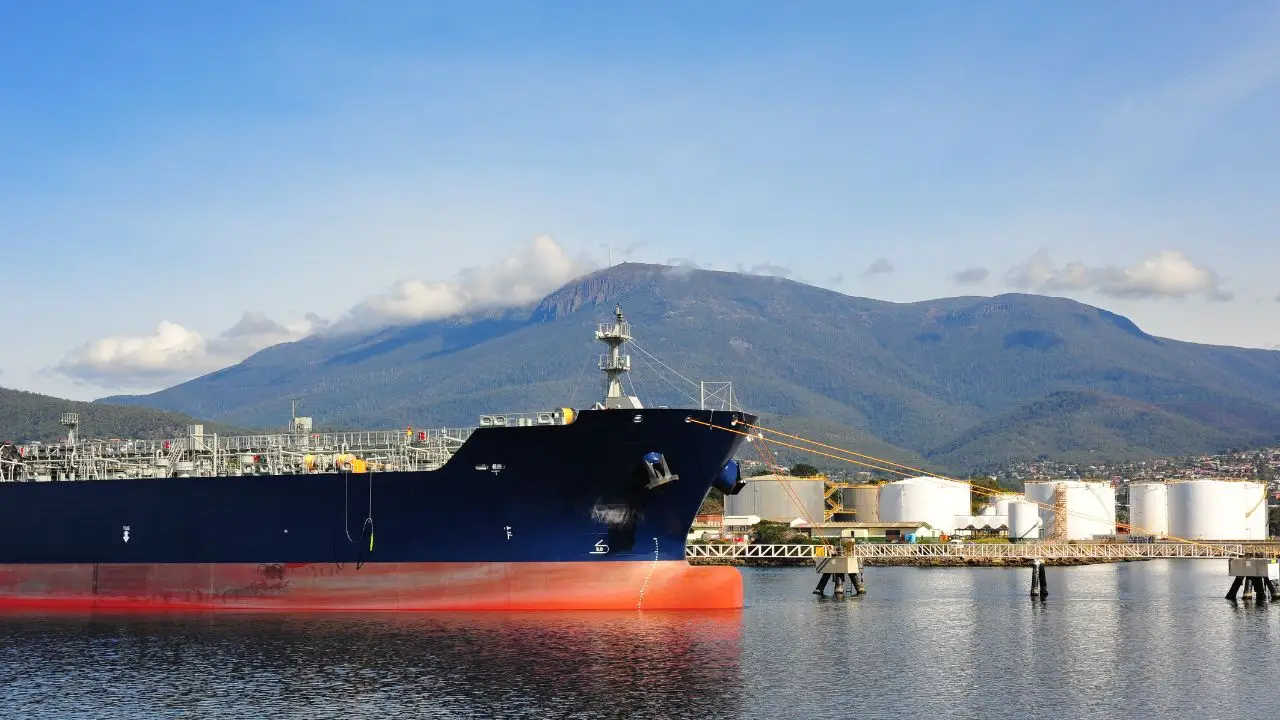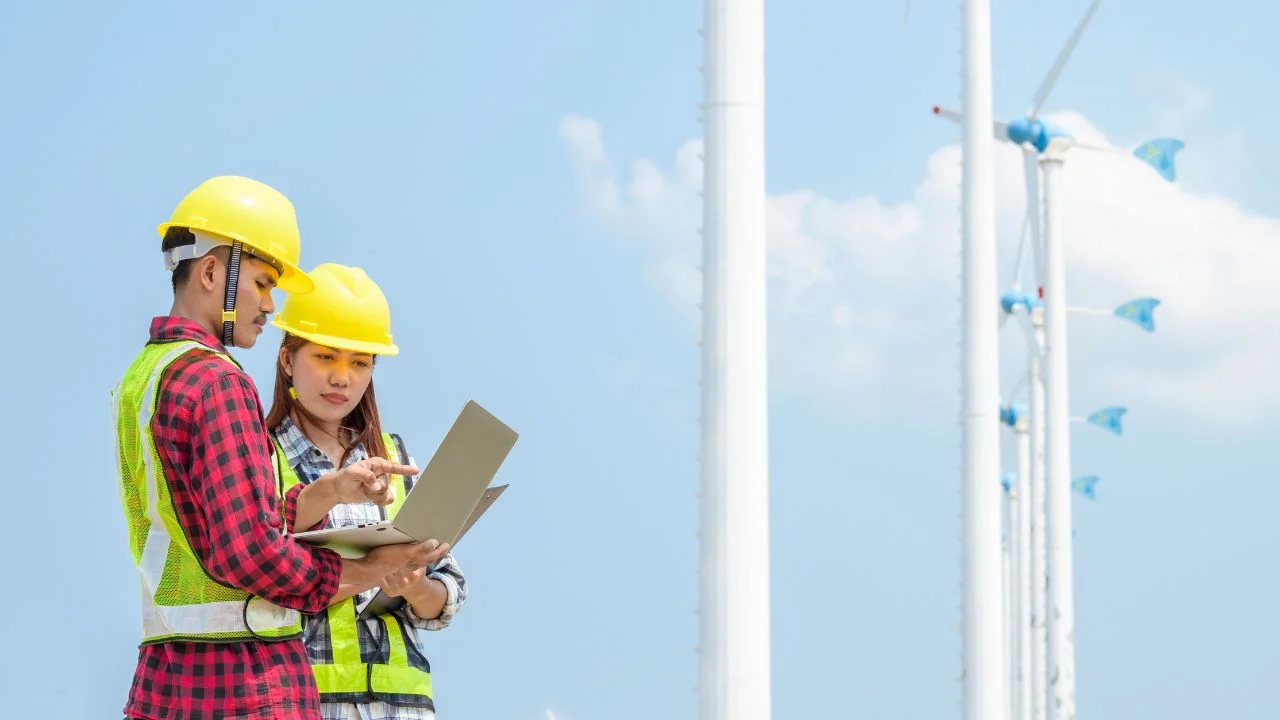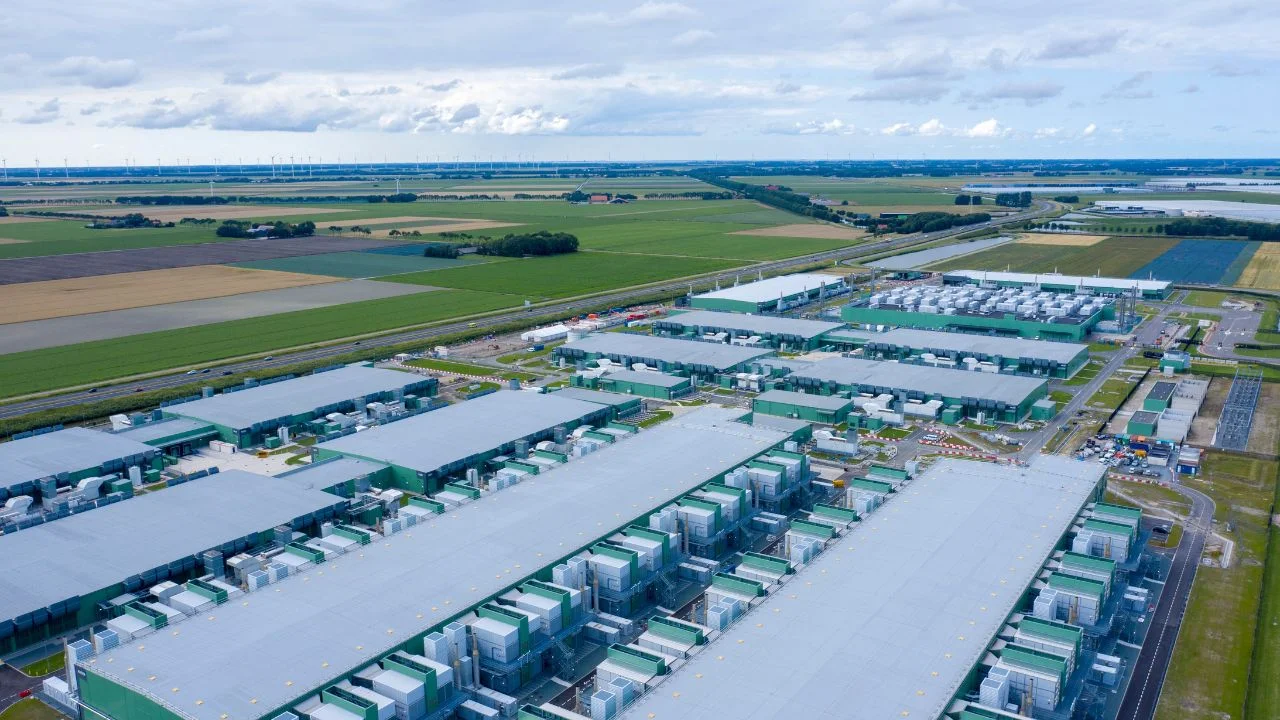Canada’s Emerging LNG Market and Building a Transferable Skilled Workforce
28 Jul, 202510:45Canada’s liquefied natural gas (LNG) market is entering a noticeable growth phase,...

Canada’s liquefied natural gas (LNG) market is entering a noticeable growth phase, quickly becoming one of the world’s foremost natural gas exporters. With a forecasted 4% CAGR between 2025 and 2030, the country is at an inflection point, buoyed by $109 billion in proposed investments and over 50 million tonnes of annual production capacity across seven projects.
For energy developers, EPCs, and investors, Canada represents one of the most commercially promising regions in the world. However, the challenge and opportunity lie in building a skilled, mobile workforce that can support LNG projects across regions and the lifecycle, from construction to operations and maintenance. However, availability is fast becoming a limiting factor.
Why Canada is Becoming a Global LNG Leader
Several key advantages are causing this industry expansion:
- Canada has significant natural gas reserves of about 44 trillion cubic meters, which can help meet global demand for lower emissions and enhance energy security, especially in Asia and Europe. These regions face higher natural gas prices due to limited resources, meaning Canada can take advantage of its rich supplies by exporting to these markets.
- Proximity to key Asian, European, and South American markets, with shipping times as short as 1.5 days.
- A strong fiscal environment attracting global energy majors such as Shell, PETRONAS, and ExxonMobil.
- Governmental backing for international trade, pipeline safety, Indigenous and local community engagement, and emission goals.
(Source: Natural Resources Canada)

Projects Driving Workforce Demand
The country’s west coast, particularly British Columbia, is home to some of North America's largest LNG infrastructure projects.
LNG Canada – Kitimat, BC
Canada’s flagship export facility, LNG Canada, is the region's most advanced and talked-about LNG project. Spearheaded by a joint venture between Shell, PETRONAS, PetroChina, Mitsubishi, and KOGAS, the facility is operational, with Phase 1 complete, and its first cargo departed in June 2025.
- Output: 14 million tonnes per year (Mtpa) in Phase 1, with plans to double capacity in Phase 2 over a 40-year export license.
- Jobs: Over 50,000 Canadians have worked on Phase 1, with 300 full-time permanent roles for operations.
- Community impact: Over $4.7 billion in contracts awarded to local and Indigenous businesses
This project is historic, not only because it’s Canada’s first large-scale LNG export terminal but also because it will make the country a net LNG exporter, with tankers leaving Kitimat for Asian ports every two days.
Ksi Lisims LNG – Nisga’a Nation, BC Coast
This proposed floating LNG terminal near Gingolx is an Indigenous-led initiative, driven by the Nisga’a Nation in partnership with Rockies LNG and Western LNG. Expected to begin operations by 2029, it’s designed to be one of the lowest emissions LNG facilities in the world, powered by hydroelectricity.
- Output: 12 Mtpa intended for the Pacific basin
- Construction jobs: Peak of 800
- Operations jobs: 150-250 permanent, with thousands more indirectly supported
Ksi Lisims LNG, developed on Nisga’a Nation land, represents a model for inclusive energy development. This project integrates local training, education, and employment opportunities into its foundation. TotalEnergies and Shell have secured long-term supply agreements, creating a new standard for inclusive energy development.
Woodfibre LNG – Squamish, BC
Owned by Pacific Energy and Enbridge, Woodfibre LNG is a $5.1 billion project on track (construction underway) to be the world’s first net-zero LNG facility. It will use electric-drive compressors powered by an E-Drive system that uses hydroelectricity instead of traditional gas turbines. Site construction is in progress to meet the expected completion in 2027. McDermott International has been selected as the EPC contractor, with Ledcor Bird serving as the construction subcontractor and additional partners.
- Output: 2.1 Mtpa
- Jobs: Up to 800 jobs at peak construction and 100+ permanent, long-term, high-paying positions for locals
- Workforce growth: 900 jobs planned to construct a new floatel accommodation
- Local prioritisation: Squamish Nation members and local residents are given first hiring priority
Woodfibre LNG has also made headlines for being the first industrial project in Canada to formally recognise a non-treaty Indigenous government as a full environmental regulator – the Squamish Nation has complete environmental oversight.
Skilled Labour is Both the Bottleneck and the Opportunity
It’s not an exaggeration to say that Canada’s LNG future will be shaped by its workforce. These projects are already putting pressure on skilled labour availability, and as additional phases kick off between now and 2030, that pressure will only increase.
Take LNG Canada, for example. In its first phase alone, 38,000 FTE jobs across direct, indirect, and induced employment were created. Talent competition will intensify as other projects move toward the final investment decision (FID).
What’s driving demand?
- Construction trades like welders, pipefitters, crane operators, and electricians
- Operations staff, including power engineers, industrial electricians, marine operators, and instrumentation technicians
- Engineering and compliance professionals for commissioning, environmental safety, and QA/QC
- Indigenous and local engagement specialists focused on inclusion and cultural preservation

Creating a Transferable, Job-Ready Workforce
The LNG sector demands a wide range of skills. As projects move from construction to operations to decommissioning, and as new facilities come online, the workforce must be able to pivot across phases and geographies.
This transferability is a commercial imperative. A workforce that can move between LNG projects, or even transition into adjacent sectors like hydrogen, carbon capture, or renewables, reduces hiring friction, shortens project timelines, and lowers costs.
As a global LNG recruitment specialist, NES Fircroft helps clients plan, attract, and retain precisely this kind of agile talent, ensuring a sustainable talent pool that can adapt to project life cycles.
4 Recommendations for Building a Resilient LNG Workforce
1. Invest in skills-based hiring and apprenticeships
One of the most effective strategies to bridge the skills gap is to hire based on capability, not credentials. LNG Canada has provided over $10 million in various workforce development initiatives to support skills development in BC. They have contributed over $2 million to a Trades Training Fund (TTF), directly supporting 1,500+ apprentices in northwest BC. This approach improves retention and ensures candidates are ready to step into critical roles with project-specific knowledge.
Investing in apprenticeships and training can help you find the talent required to support the construction, maintenance, and operations roles in high demand in Canada’s LNG sector. At NES Fircroft, we recruit professionals for every stage of the project lifecycle. This includes exploratory conceptual project studies, pre-FEED, engineering design, commissioning, operations, and maintenance. Key roles we focus on include supply chain management, construction, project services, engineering maintenance, and operations. By prioritising skills development, candidates are better equipped to meet the needs of the industry and ensure a strong workforce for the future.
2. Focus on local and Indigenous workforce development
Indigenous participation is a meaningful way to build long-standing partnerships founded on sustainable outcomes. By providing equal and fair opportunities for all residents, companies can promote a prosperous Indigenous and local economy.
Projects like Ksi Lisims LNG and Woodfibre LNG prioritise Indigenous hiring and have created detailed roadmaps to prepare communities for project employment:
- Early Workforce Readiness Plans tailored to local needs
- Community training centres
- Long-term education partnerships
- Cultural preservation and land-based economic development
By embedding Indigenous employment into the project lifecycle from planning through to operations, developers can advance ESG objectives and build a locally based workforce rooted in community and environmental stewardship.
3. Start workforce planning before FID
Too often, workforce planning is treated as an afterthought, but the most successful LNG developers begin planning well before FID.
For example, Ksi Lisims LNG launched its workforce strategy in 2024, five years ahead of operations. This gives years of lead time for:
- Training rollout
- Certification pathways
- Hiring targets
- Career outreach in schools and communities
For clients, this means faster mobilisation, higher retention, and fewer delays due to labour shortages.
4. Partner with an Employer of Record (EOR)
With the industry's substantial international investment, quickly scaling across multiple jurisdictions or hiring talent across provincial or international borders can present challenges. Overcoming compliance, tax laws, and labour regulations often becomes a bottleneck in the recruitment process. Working with an Employer of Record (EOR) can help address these challenges and provide significant advantages for LNG operators and contractors.
As your EOR, NES Fircroft serves as the legal employer for your workers, handling responsibilities such as contracts, payroll processing, tax withholdings and remittances, benefits administration, risk mitigation, and compliance. This solution allows you to onboard talent swiftly and in compliance with local laws, all without the need to establish a legal entity in the region where you wish to operate.
How NES Fircroft Can Support Your Next Canadian LNG Project
With offices in Canada and a global network across over 45 countries, we have collaborated with leading EPC firms, project developers, and energy investors. Having staffed LNG projects worldwide, we understand the job roles, timelines, and common pitfalls.
If you’re looking for a specialist Canadian recruitment agency to support your growth from day one to operations, NES Fircroft is ready to partner with you. Our local, discipline-specific recruiters use a proven process and have the local insight to ensure you can compliantly and efficiently source the critical personnel needed for your LNG project.
Contact us today to discuss your workforce strategy or find out more about our recruitment services in Canada.











